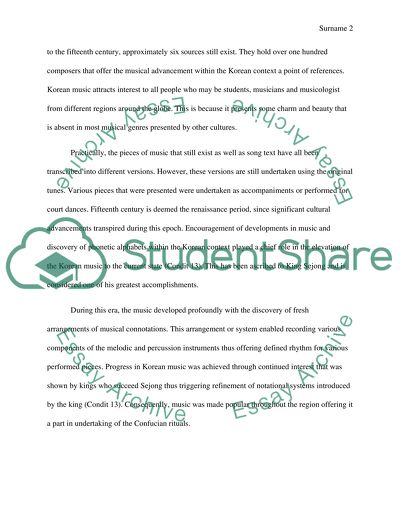Cite this document
(“Korean Music Research Paper Example | Topics and Well Written Essays - 2000 words”, n.d.)
Retrieved from https://studentshare.org/music/1445744-korean-music
Retrieved from https://studentshare.org/music/1445744-korean-music
(Korean Music Research Paper Example | Topics and Well Written Essays - 2000 Words)
https://studentshare.org/music/1445744-korean-music.
https://studentshare.org/music/1445744-korean-music.
“Korean Music Research Paper Example | Topics and Well Written Essays - 2000 Words”, n.d. https://studentshare.org/music/1445744-korean-music.


